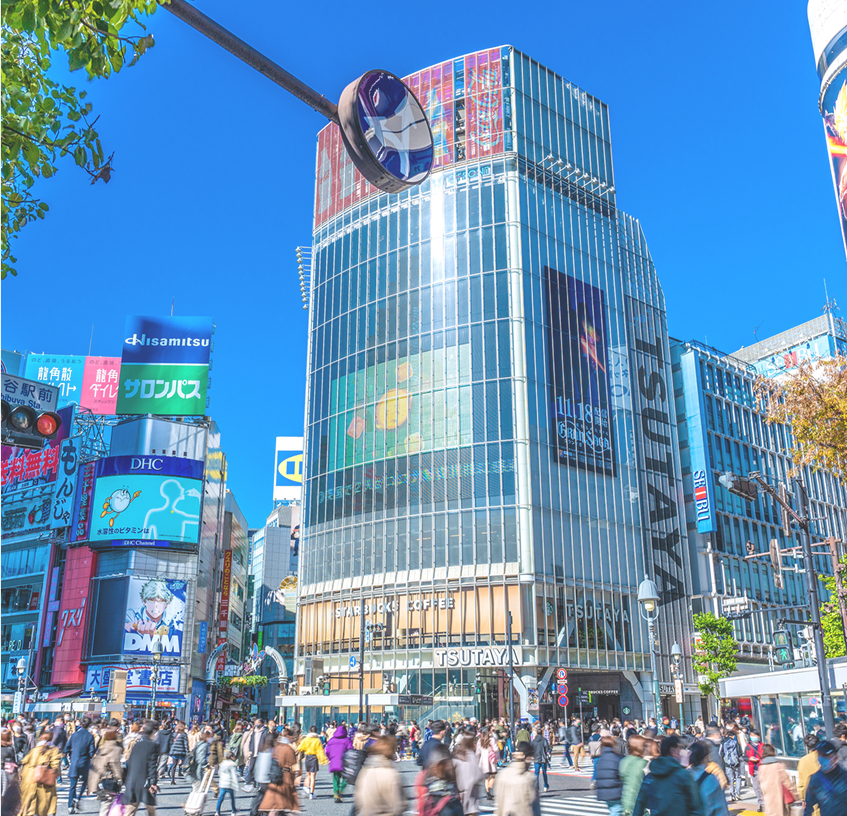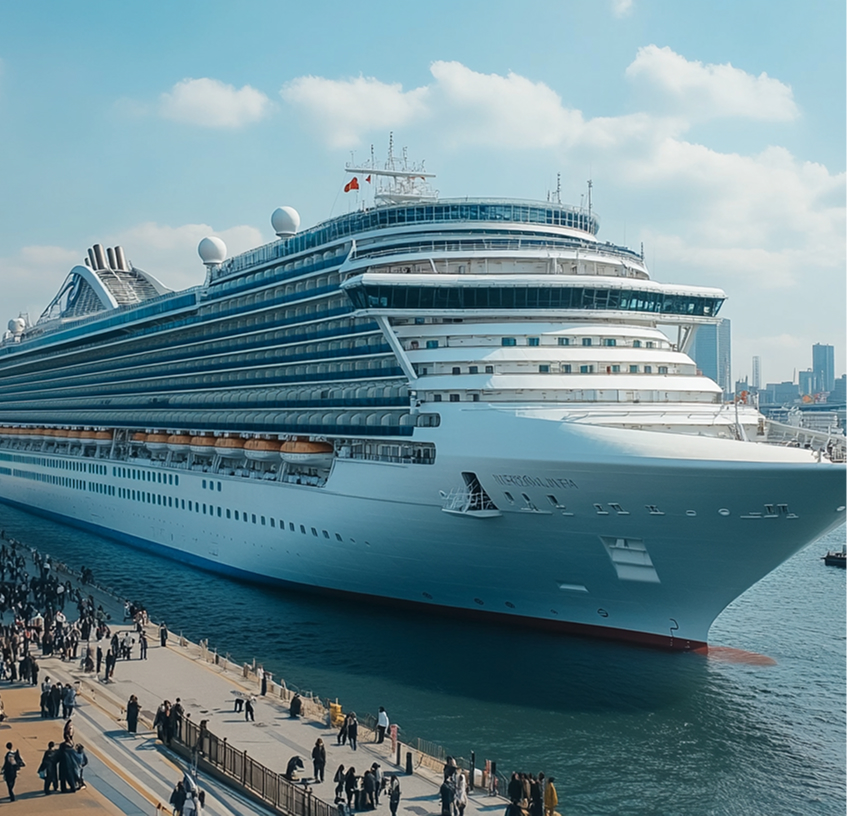Estimated demand for cruise ships and passengers
We have conducted numerous cruise ship demand estimation surveys and have a wealth of experience. By utilizing AIS data, we can grasp the port calling patterns of cruise ships in detail and analyze both self-operated and chartered cruises. In addition to numerical analysis, we provide highly reliable results by adding information from the Cruise Lines International Association (CLIA) and cruise industry magazines. This allows us to understand the current situation and future trends of the cruise market and support effective strategy planning.
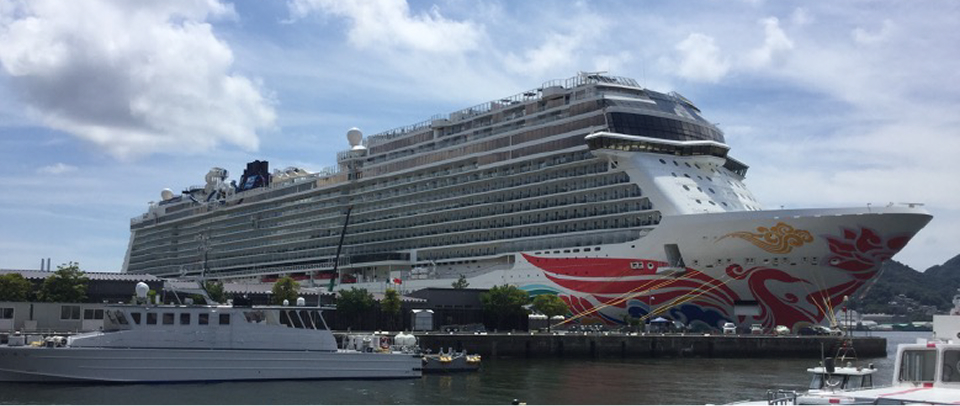
Calculating the economic impact of cruise ships
We have carried out many planning projects, such as considering measures for receiving cruise ships at cargo terminals and planning passenger and vehicle flow. We also consider the layout of CIQ, parking lots, and temporary duty-free shops. In particular, we have expertise in measures to avoid affecting logistics activities such as loading and unloading at the quay, and ideas for ensuring passenger safety. We also support the creation of reception plans, including the reception system and staffing on the day.
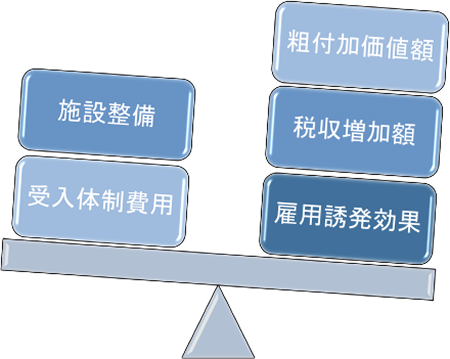
Measuring cruise passenger spending (Direct Impact)
When passengers disembark from cruise ships and spend money at tourist spots, it creates an economic effect on the surrounding areas of the ports of call. First, we select the target cruise ships and design a questionnaire taking into consideration passenger characteristics (nationality, etc.) and port call patterns (departure/arrival or port call, self-operated or chartered, group or FIT).
We then conduct a questionnaire survey of passengers in the cruise terminal or at the wharf. The survey is designed to avoid disrupting passenger movement, and we can also introduce a web system that allows responses to be made not only on paper but also on tablets and smartphones. The collected consumption amounts are provided in a form that meets the needs of each port, such as consumption amount per person, consumption amount per ship, and total consumption amount by industry.
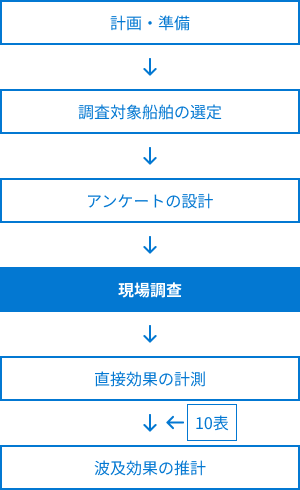
Measuring cruise line spending
The economic impact of a cruise ship calling at a port can be not only the consumption by passengers, but also the expenditures associated with cruise operations by shipping companies that are returned to the local area. Generally, the main economic impact is port-related industries such as pilotage, line handling, and cargo handling that occur when a cruise ship calls at a port. However, in the case of departure and arrival ports, in addition to these, expenditures such as fuel, hotels, ship supplies, fresh food, and ship repairs can also be realized as economic impacts. In order to accurately grasp these economic impacts, we conduct interviews with shipping companies and shipping agents and measure the amount of expenditure.
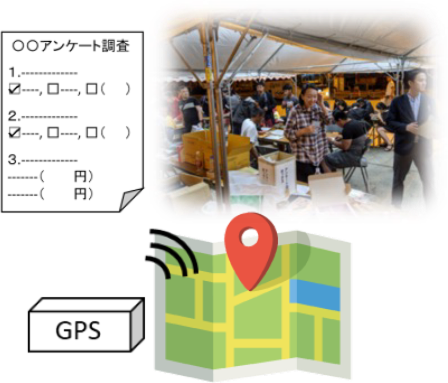
Analysis of economic ripple effects (input-output analysis)
Input-output analysis is a method for measuring economic ripple effects and understanding economic structures using input-output tables. The direct effects (final demand) of the amount of consumption by cruise passengers at ports of call and the amount of expenditure by cruise companies due to cruise operations lead to the induction of production activities in related industries.
For example, the purchase of home appliances by cruise passengers contributes to increased demand for related parts and materials, so the effects of cruise ships are not limited to retail stores, but extend widely to manufacturing, material industries, logistics companies, etc. We measure these economic ripple effects using input-output tables. The indicators we measure are expected to be the amount of induced production, gross value added (equivalent to GDP), employment induction effects, tax revenue increase effects, etc.
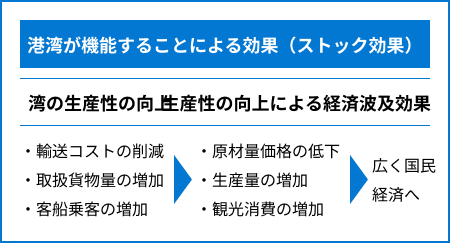

Analysis of Cruise Ship Tours' Shore Excursions
In order to consider smooth reception behind the ports of call due to cruise ship calls and to grasp the appropriate economic effects, it is important to understand the actual tourist situation of cruise passengers in detail. We conduct surveys using GPS logger terminals that can grasp the location information of the carrier in detail, and visualize the tourist behavior of cruise passengers. In addition, by analyzing the location information data acquired by the GPS logger, it is possible to understand the facilities visited and the stay time at each facility.
If we can understand the tourist destinations and model routes with high satisfaction through the measurement of the tourist behavior of cruise passengers around the ports of call, it will be possible to make persuasive port sales to shipping companies. If we can measure actual figures based on the information on the passengers' movement history, using the number of visitors and average residence time as indicators, we can visualize the tourist destinations and routes with high satisfaction.
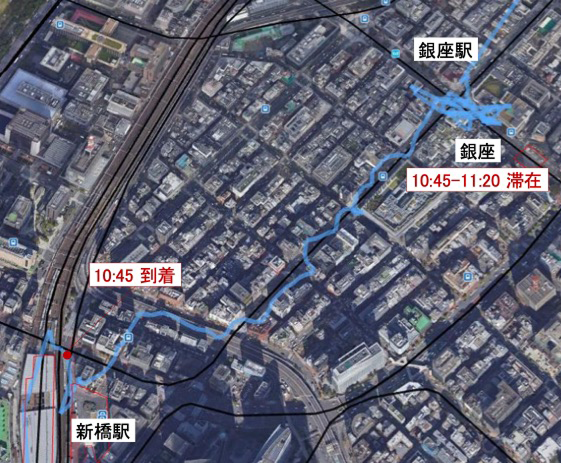
(Reference) Business results
- Analysis of trade trends and Japan's ports (Ministry of Land, Infrastructure, Transport and Tourism)
- Economic ripple effects of ports in the Chugoku region (Chugoku Regional Development Bureau, MLIT)
- Economic ripple effect questionnaire survey (Chubu Regional Municipal Affairs Association, Okinawa)
- Economic ripple effects of large cruise ship calls (Ishinomaki City, Miyagi Prefecture)
- Economic effects of cruise ship calls in Japan (Ministry of Land, Infrastructure, Transport and Tourism)
- Trade structure analysis model for long-term forecasts (Ministry of Land, Infrastructure, Transport and Tourism)
- Survey of consumption trends associated with cruise ship calls (Yokohama City Port and Harbor Bureau)
- Mid- to long-term scenario analysis of cruise trends (National Institute for Land and Infrastructure Management)
- Conducted numerous surveys and studies on improving the estimation of import and export port cargo volumes (National Institute for Land and Infrastructure Management)
